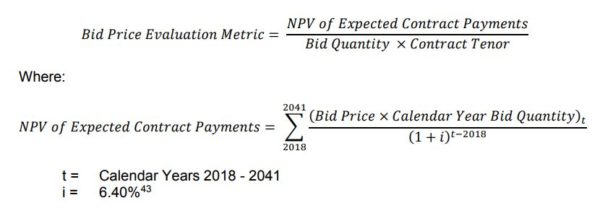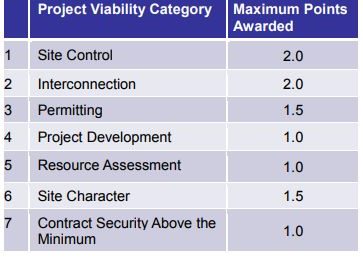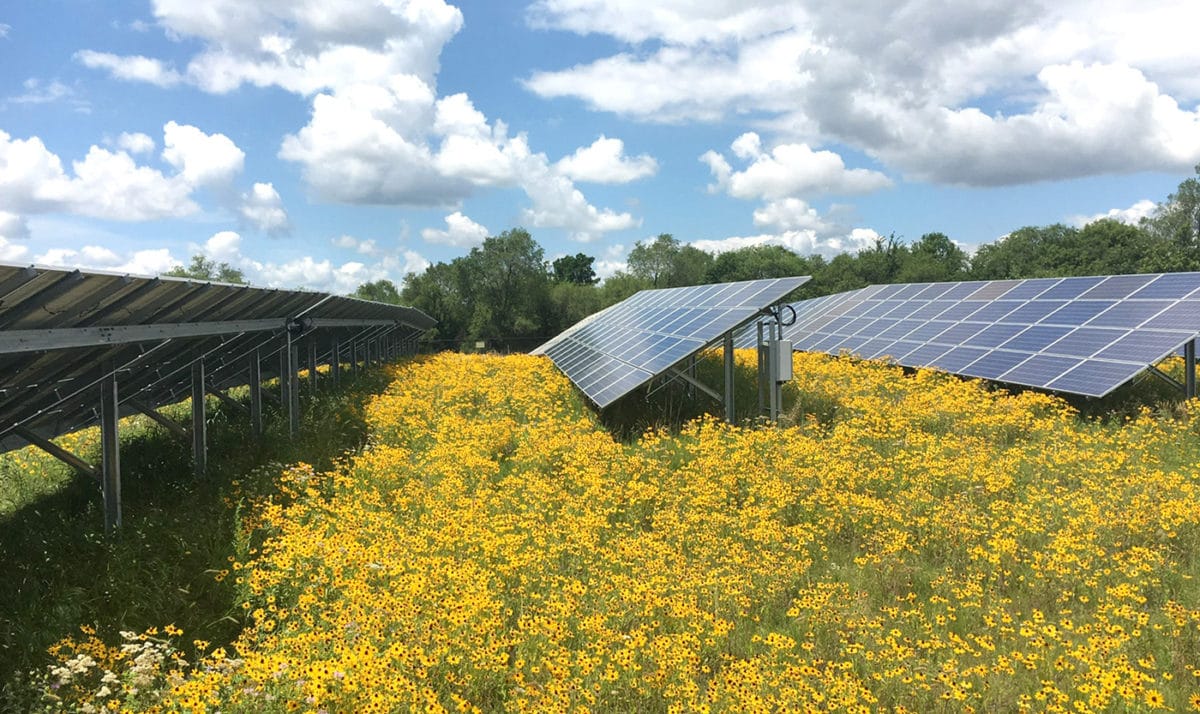Two years ago, New York set a mandate to reach 50% renewable electricity by 2030. This was not an empty promise, and the state is taking concrete steps to put large-scale solar and wind online.
Yesterday, the New York State Energy Research and Development Authority (NYSERDA) announced a new solicitation for 1.5 million megawatt hours of renewable electricity, to be delivered by 2022. This specific solicitation – the second of its nature – expects to contract with 20 projects to supply this volume of electricity.
1.5 million MWhs is equal to about 1% of the states 2016 retail electricity sales. NYSERDA will host a webinar on May 2nd, 2018 on this RFP and the submittal process. Projects chosen for the solicitation will be notified sometime in October.

Governor Cuomo’s office projects 1,000 jobs and $1.5 billion in private investment from the solicitation. Part of the legislation is that the installers are paid a New York state regulated prevailing wage. Wages were the largest of the economic benefits from solar power measured in a recent Maryland study.
NYSERDA’s 2017 solicitation for 1 million MWhs awarded contracts to 22 solar farms totaling 647 MW, three wind farms and one hydroelectric plant – for a total of nearly 1.4 GW of capacity. That was the largest state-level solicitation of renewable energy to date; however this one may be larger.
With New York state’s capacity factory of fixed-tilt solar power being around 13% and offshore wind offering capacity factors of 40%, or greater, it will take roughly 1.3 GW of solar power or 430 MW of offshore wind to meet 100% of the solicitation’s needs.
Governor Cuomo’s office noted several new provisions in the solicitation –
- Workers associated with the construction of any awarded facility be paid the applicable prevailing wage
- Bonus points for renewable energy projects that avoid overlap with land of agricultural importance
- Host communities of successfully awarded projects must be fully aware of the development process, proposers will be required to demonstrate that they have engaged with those communities and have also commenced the associated permitting processes
- encourage proposals that cost-effectively pair renewable energy with advanced energy storage technologies to help meet commitment to deploying 1,500 MW of energy storage by 2025.
In the 84 page project requirement documentation provided by NYSERDA notes the 100 point scoring methodology that will drive project selection (starting on page 38). The four areas and their relative weight is – 10 points for incremental economic benefits, 10 points for project viability, 10 points for operations flexibility and peak coincidence, and 70 points for bid price – with the following equation driving the bid price evaluation:

Appendix 2 of the document breaks out the scoring matrix into dozens of tables. For instance – one portion of the “Project Viability” category is scored in the below image:

Each of those categories is also subdivided. The energy storage category is also sub-divided by capacity – up to 20 MW, between 20 and 100 MW and 100 MW and larger.
This content is protected by copyright and may not be reused. If you want to cooperate with us and would like to reuse some of our content, please contact: editors@pv-magazine.com.








By submitting this form you agree to pv magazine using your data for the purposes of publishing your comment.
Your personal data will only be disclosed or otherwise transmitted to third parties for the purposes of spam filtering or if this is necessary for technical maintenance of the website. Any other transfer to third parties will not take place unless this is justified on the basis of applicable data protection regulations or if pv magazine is legally obliged to do so.
You may revoke this consent at any time with effect for the future, in which case your personal data will be deleted immediately. Otherwise, your data will be deleted if pv magazine has processed your request or the purpose of data storage is fulfilled.
Further information on data privacy can be found in our Data Protection Policy.